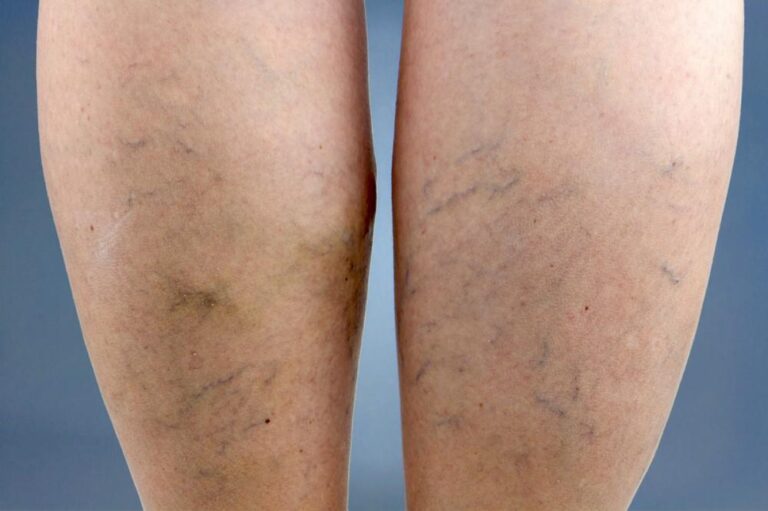Varicose veins are a common vascular condition characterized by enlarged, twisted veins, often visible beneath the skin’s surface. While they are generally harmless, varicose veins can cause discomfort and are a common concern for individuals seeking both cosmetic and medical solutions. In this article, we will delve into what varicose veins are, examine the potential benefits of treatment, and discuss the associated risks.
Understanding Varicose Veins:
Varicose veins occur when the valves within veins malfunction, leading to the pooling of blood and increased pressure in the affected veins. This heightened pressure causes the veins to become enlarged, twisted, and visibly protrude beneath the skin. Varicose veins most commonly appear in the legs, where the veins are subjected to increased pressure due to standing and walking.
Benefits of Treating Varicose Veins:
Alleviation of Symptoms:
One of the primary benefits of treating varicose veins is the relief of associated symptoms. Individuals with varicose veins often experience pain, heaviness, and swelling in the legs, which can be significantly reduced through appropriate treatment.
Improved Aesthetics:
Treatment for varicose veins can address the cosmetic concerns associated with their appearance. Many individuals seek intervention to enhance the overall aesthetics of their legs and reduce the visibility of these twisted veins.
Prevention of Complications:
Varicose veins, if left untreated, may lead to more severe complications such as blood clots and skin ulcers. Timely intervention can prevent the progression of the condition and reduce the risk of associated complications.
Enhanced Circulation:
Varicose veins can impede proper blood circulation in the affected areas. Treatment options, such as endovenous laser therapy or sclerotherapy, can help restore normal blood flow, promoting overall vascular health.
Minimized Discomfort:
Individuals with varicose veins often experience discomfort, including aching and throbbing sensations. Treatment can help alleviate these symptoms, improving the overall quality of life for those affected.
Risks of Treating Varicose Veins:
Allergic Reactions:
Some individuals may experience allergic reactions to substances used in certain treatment methods, such as sclerotherapy. It’s crucial to inform healthcare providers of any known allergies before undergoing treatment.
Bruising and Swelling:
Common side effects of varicose vein treatments include temporary bruising and swelling at the treatment site. While these effects are usually mild and transient, they can be a consideration for individuals with specific cosmetic concerns.
Pigmentation Changes:
Laser-based treatments may carry a risk of pigment changes in the skin. This can manifest as darkening or lightening of the treated area, though these changes are typically temporary.
Blood Clot Formation:
In rare cases, treatment for varicose veins can contribute to the formation of blood clots. This risk underscores the importance of careful assessment and monitoring by healthcare professionals.
Recurrence:
While treatment can effectively address existing varicose veins, there is a possibility of recurrence over time. Lifestyle factors, genetics, and individual responses to treatment can influence the likelihood of vein reappearance.
Conclusion:
Treating varicose veins offers a range of benefits, from symptom relief and enhanced aesthetics to the prevention of potential complications. However, individuals considering intervention should be mindful of the associated risks and consult with qualified healthcare professionals to determine the most suitable course of action. A comprehensive understanding of the benefits and risks, coupled with realistic expectations, is essential for making informed decisions regarding varicose vein treatment.
